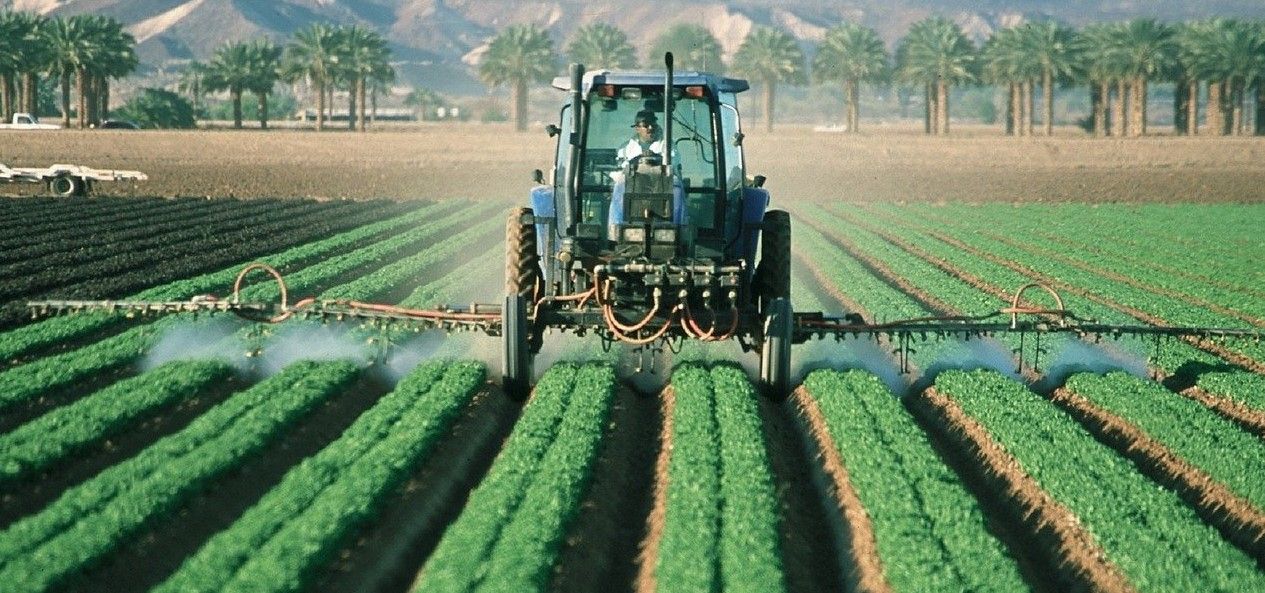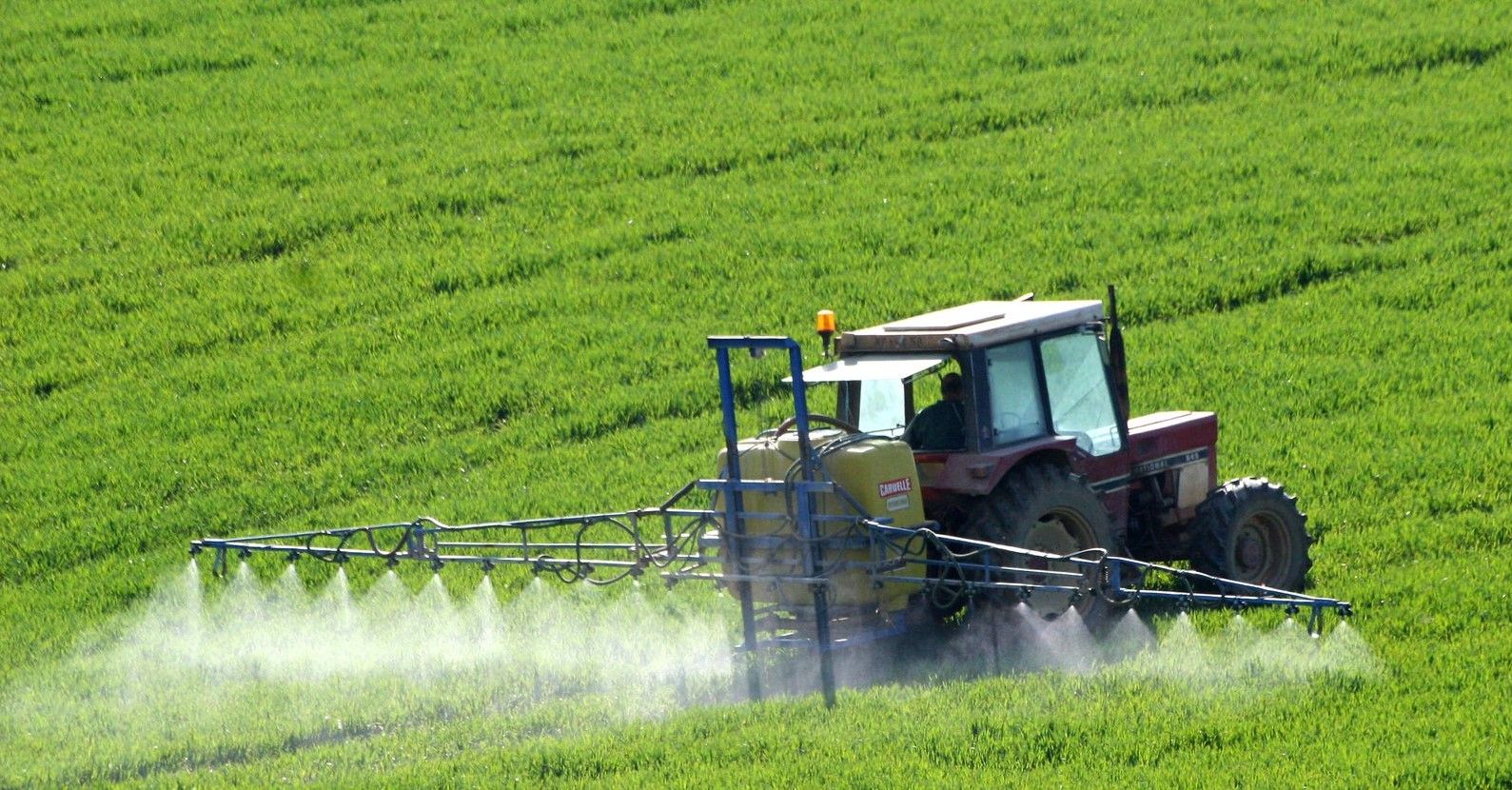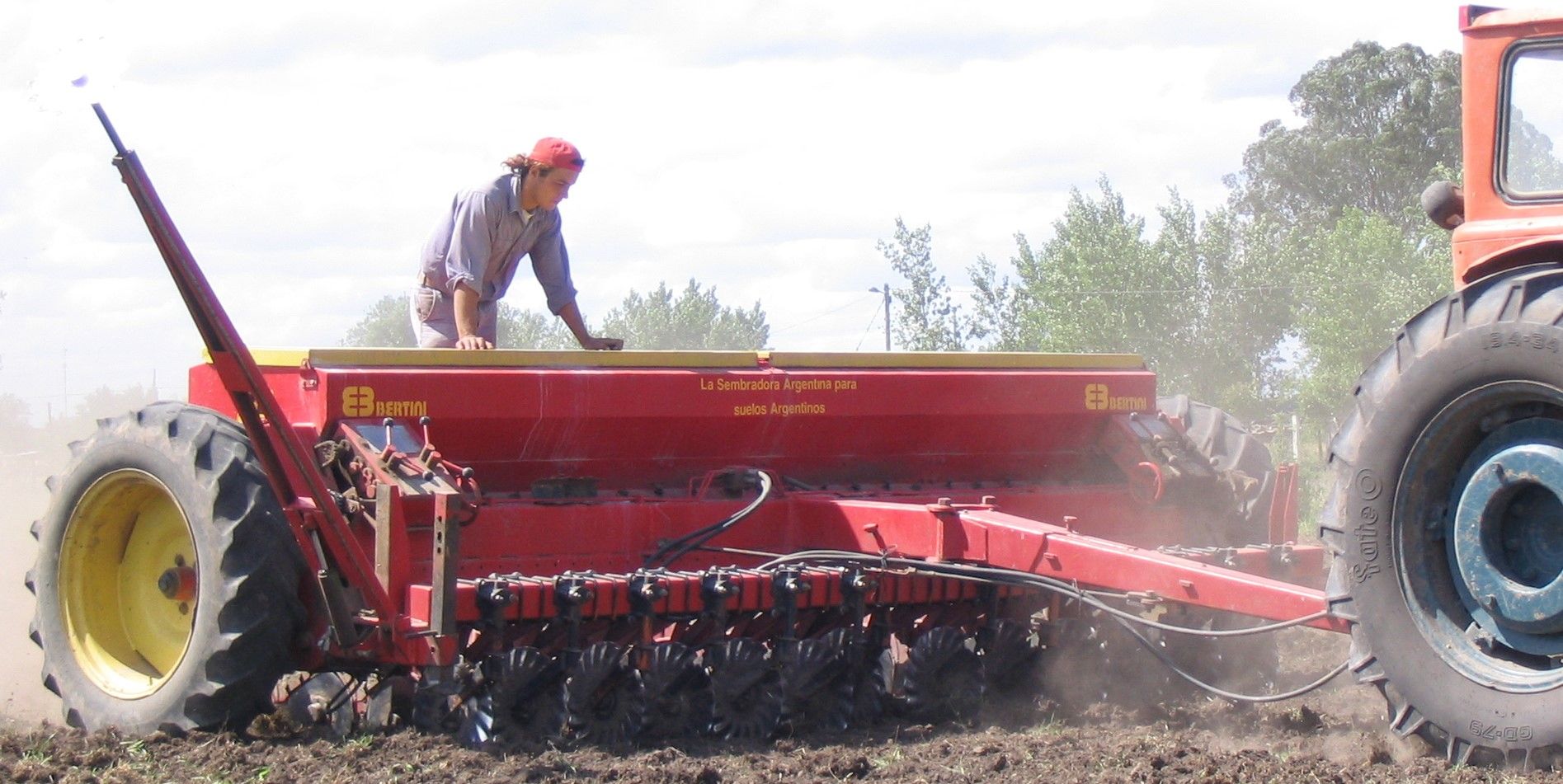Billed as the largest clean technology incubator in America, Greentown Labs in Massachusetts has placed itself at the heart of next generation eco-production.
It is a hub of research and investment, where ecology-minded entrepreneurs can develop their products, attract funding, and bring their products to market, at the same time as solving some of the planet’s biggest environmental issues.
Central to this role is the development, production, and marketing of biofertilizers.
Biofertilizers are a possible solution to one of the century’s biggest climate change challenges.

According to a 2018 report (pdf) by the International Fertilizer Association, current production of bulk fertilizers, typically nitrogen, phosphate, or potassium, “… are estimated to represent about 1.5 % of global GHG (greenhouse gas) emissions…” However, the report also acknowledges mankind’s dependency on fertilizers, stating that the amount of GHG emitted is, “… rather low considering that global agricultural output would be reduced by 50% without the use of mineral fertilizers.”
This situation leaves growers with a difficult choice. As a Greentown Labs press release explains, “If you’re a farmer, you have two mediocre fertilizer options. You can go with a conventional fertilizer—which is inexpensive and precise, but contaminates water and involves a production process with significant greenhouse gas emissions. Or, you can go the organic fertilizer route—which is better for the environment, but is expensive and has unpredictable yields.”
To solve this problem, a new biofertilizer has now been developed.
Like other biofertilizer it is based on the use of soil-friendly microbes which ‘fix’ the nitrogen from the air into the soil, where it is accessible to plants.

The fertilizer developers claim that the new biofertilizer, called Kula Bio, offers an equivalent yield boost per dollar as conventional fertilizers, but with minimal GHG emissions and zero eutrophication from fertilizer runoff. The biofertilizer is also suitable for a wide variety of crops.
“We have all the benefits of an organic fertilizer, with cost competitiveness to the farmer of a conventional fertilizer,” says Kula Bio Co-founder and Science Director Kelsey Sakimoto. “Our fertilizer also fits within the normal practices of conventional agriculture. In several greenhouse and outdoor farm trials, we’ve been able to replace 50 to 100 percent of conventional nitrogen fertilizer and reach the same yields as the conventional treatments.”
Like all biofertilizers, the focus is on improving soil health, with an effort made towards the long-term improvement of farm yields.
“One of the big features of this product is that it adds a big source of carbon to the soil,” Sakimoto explains. “Every ecologist you talk to will say that is the cornerstone way to start improving soil health. If you add carbon, it adds a food source, and nothing can grow in the soil unless there’s a food source.”

The Kula Bio product is just one of many biofertilizer projects being developed at the Greentown labs centre. It is an ideal place for the creation of eco-friendly products, as it combines support for business start-ups alongside research facilities, such as a 26-bench wet lab, where teams are able to analyse their biofertilizers on a chemical and microbiological level.
From here the Kula Bio team have created a prototype, while the rest of 2020 will be spent conducting field trials with farmers in California.
The hope is to bring their biofertilizer to market in 2021, although the company, “… has also begun exploring other microbes that could help farmers in a variety of ways, including removing contaminants from soil.”
Starting a new business or bringing a new product to market is never easy. However, it is vital for the agricultural industry that entrepreneurs are given sufficient advice, access to investment funding and research space to develop the fertilizer products that will maintain adequate food production. All while reducing GHG emissions.
It is the challenge of our age, and with the support of institutions like Greentown, it is a challenge that the fertilizer industry may be able to overcome.
Photo credit: Kaboompics .com from Pexels, skeeze from Pixabay, Freeimages, & juan etche from FreeImages
